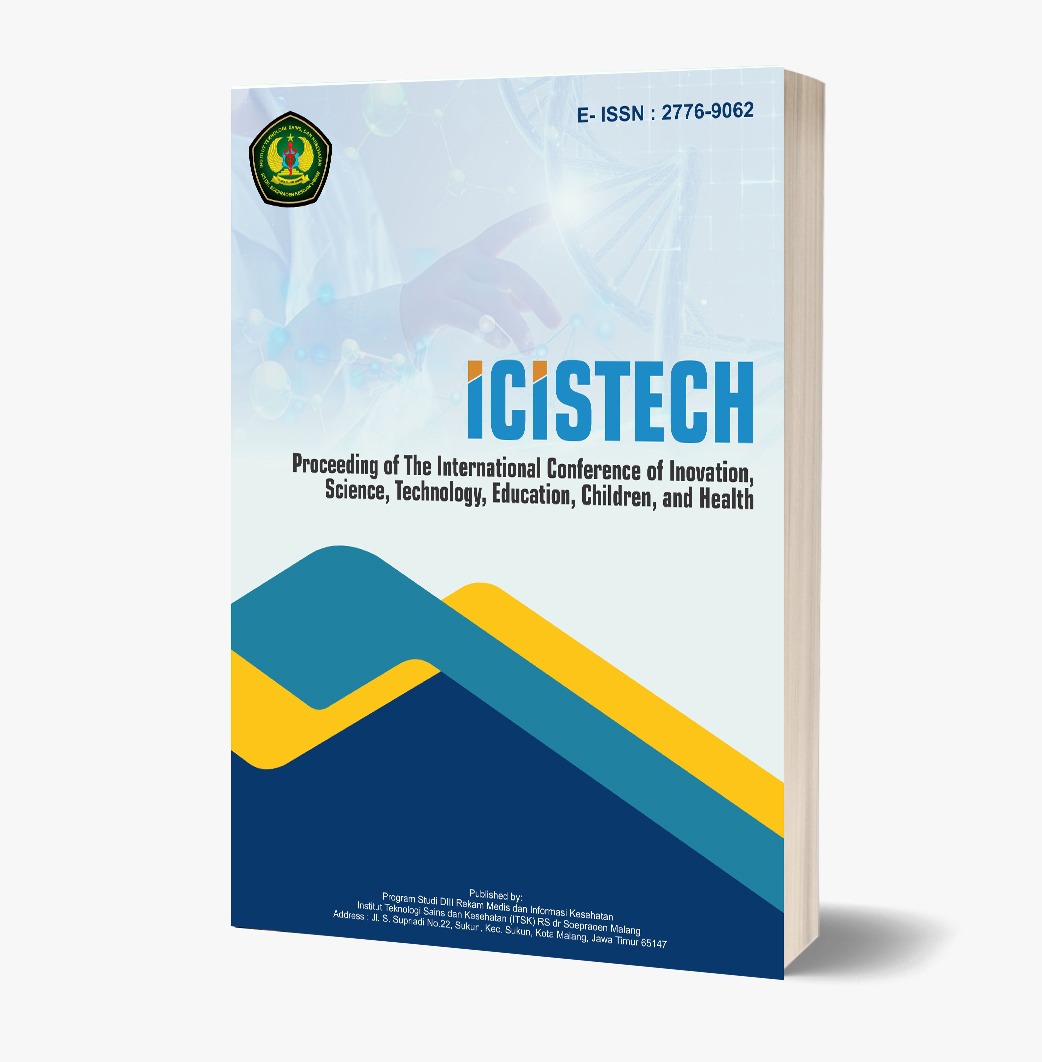Cross-National Analysis of Adolescent Mental Health : Implications for Global Educational Policies
DOI:
https://doi.org/10.62951/icistech.v5i1.261Keywords:
Academic Stress, Educational Policies, Mental HealthAbstract
This study presents a cross-national analysis of adolescent mental health and academic stress to explore their interrelations and broader implications for global educational policies. Using data from Bangladesh, Gambia, and Indonesia, the research examines how academic expectations, pressure to perform, and school environments affect students' psychological well-being in diverse cultural, educational, and socioeconomic contexts. The study identifies significant patterns and disparities in mental health outcomes, revealing that stress levels and psychological challenges vary significantly between countries. In Bangladesh, medical students face a critical mental health burden, with high levels of anxiety, stress, digital addiction, and sleep deprivation being common issues. This situation underscores the pressing need for mental health interventions in the education sector, particularly within high-pressure fields such as medical studies. Conversely, in Gambia, there has been a notable increase in inpatient mental health admissions, suggesting a growing awareness of mental health issues and improved access to institutional care. However, the decline in community-based mental health services presents a critical challenge, as these services are essential for sustainable mental health support outside of hospital settings. In Indonesia, while academic stress is prevalent, the focus has been on improving institutional care and psychological support for students, yet there remains a gap in addressing stressors within the school environment. This study emphasizes the urgent need for inclusive, student-centered educational reforms that prioritize mental health support systems and advocate for the integration of mental health services into educational settings. The findings suggest that global educational policies must consider these country-specific challenges and trends in order to create more balanced academic environments that foster both mental well-being and academic success
References
Agustina, W., & Sri, S. (2018). Determinants of common mental disorders (CMD) among adolescent girls aged 15-19 years in Indonesia: Analysis of the 2018 National Basic Health Survey Data. PLOS Global Public Health, 2(3), e0000232. https://doi.org/10.1371/journal.pgph.0000232
Anderson, T. L., et al. (2024). Contributing factors to the rise in adolescent anxiety and depression. Journal of Adolescent Health, 74(3), 302-310. https://doi.org/10.1016/j.jadohealth.2023.11.015
Galea, M. (2024). Centered care approach in community mental health. Corporate Social Responsibility in Health and Social Care, 219. https://doi.org/10.4018/979-8-3693-5991-4.ch009
Hamzy, A., Chen, C.-C., & Hsieh, K.-Y. (2023). Mental health and aggression in Indonesian women. Behavioral Sciences, 13(9), 727. https://doi.org/10.3390/bs13090727
Isbah, M. F., Pangestuti, P., Islam, U., Sunan, N., & Yogyakarta, K. (2025). Komparasi standar penilaian pendidikan di negara-negara maju (Studi kasus Finlandia, Jepang, dan Singapura). 8, 388-401. https://doi.org/10.37329/cetta.v8i1.3830
OECD. (2019). An OECD learning framework 2030. Springer. https://doi.org/10.1007/978-3-030-26068-2_3
Patton, G. C., Sawyer, S. M., Santelli, J. S., Ross, D. A., Afifi, R., Allen, N. B., Arora, M., Azzopardi, P., Baldwin, W., & Bonell, C. (2016). Our future: A Lancet commission on adolescent health and wellbeing. The Lancet, 387(10036), 2423-2478. https://doi.org/10.1016/S0140-6736(16)00579-1
Rahman, I., Alam, K. K., Noman, M. U., Ahommed, F., Ahmed, A. K. S., & Islam, M. S. (2025). Assessment of anxiety status and its impact on academic performance of undergraduate medical students of Bangladesh. Bangladesh Journal of Medical Education, 16(1), 49-60. https://doi.org/10.3329/bjme.v16i1.79097
Sahlberg, P. (2015). Finnish schools and the global education reform movement. In Flip the system (pp. 162-177). Routledge. https://doi.org/10.4324/9781315678573-19
Saraceno, B., & de Almeida, J. M. C. (2022). An outstanding message of hope: The WHO World Mental Health Report 2022. Epidemiology and Psychiatric Sciences, 31, e53. https://doi.org/10.1017/S2045796022000373
Steare, T., et al. (2023). The association between academic pressure and adolescent mental health: A systematic review. The Lancet Psychiatry. https://doi.org/10.1016/S2215-0366(23)00317-3
Szücs, A., van der Lubbe, S. C. C., de la Torre, J. A., Valderas, J. M., Hay, S. I., Bisignano, C., Morgan, B. W., Acharya, S., Adnani, Q. E. S., & Apostol, G. L. C. (2025). The epidemiology and burden of ten mental disorders in countries of the Association of Southeast Asian Nations (ASEAN), 1990-2021: Findings from the Global Burden of Disease Study 2021. The Lancet Public Health, 10(6), e480-e491. https://doi.org/10.1016/S2468-2667(25)00098-2
WHO & UNICEF. (2024). Closing the global gap in adolescent mental health. Nature Medicine, 30(5), 309-310. https://doi.org/10.1038/s41591-024-02846-6
Zhang, H., Ye, Z. H., Tang, L., Zou, P., Du, C., Shao, J., Wang, X., Chen, D., Qiao, G., & Mu, S. Y. (2020). Anxiety symptoms and burnout among Chinese medical staff of intensive care unit: The moderating effect of social support. BMC Psychiatry, 20(1), 1-7. https://doi.org/10.1186/s12888-020-02603-2
Zhang, X., Mori, Y., Abio, A., et al. (2025). Cross-national research on adolescent mental health: A systematic review comparing research in low, middle and high-income countries. BMJ Global Health, 10(7), e019267. https://doi.org/10.1136/bmjgh-2025-019267
Downloads
Published
How to Cite
Issue
Section
License
Copyright (c) 2025 Proceeding of The International Conference of Inovation, Science, Technology, Education, Children, and Health

This work is licensed under a Creative Commons Attribution-ShareAlike 4.0 International License.













